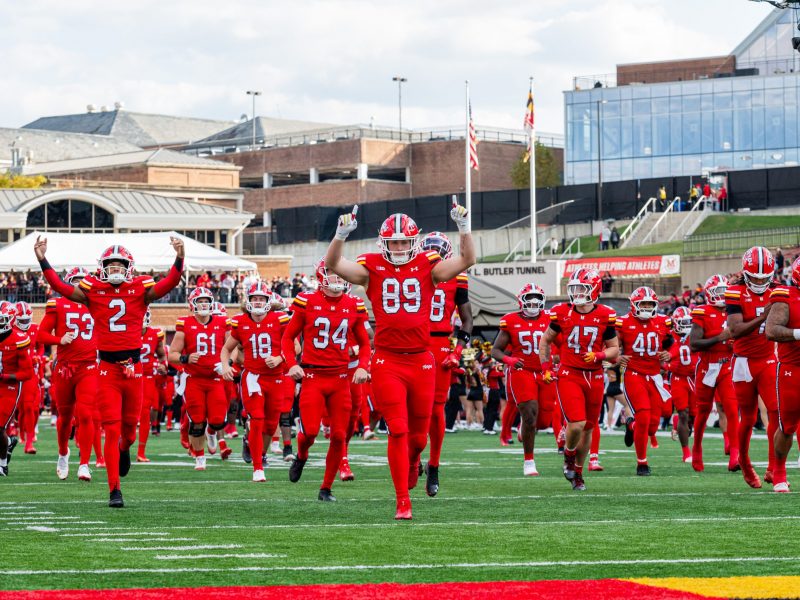The university’s state employees will face a third straight year of furloughs, a move that will save $10.2 million in salary expenses.
All state-employed faculty and staff members will be required to take furlough days on Dec. 23, during winter break, and March 24, during spring break. Employees who make $50,000 or more will be required to take additional furlough days based on their salaries, with those who make at least $250,000 taking the maximum 10 furlough days.
After the state and the Board of Regents demanded a spending cut, university President Dan Mote and his office worked with the University Senate and local unions to create the furlough plan, according to Vice President for Administrative Affairs Ann Wylie. Mote announced the furlough plan in an e-mail to the university community Tuesday.
“I did my best to communicate the detrimental impacts of furloughs on the morale of our staff and faculty following two salary reduction cycles and no salary adjustments,” Mote wrote. “Alas, while we have succeeded in avoiding further layoffs, and while many employees will experience some reduction in furlough days, furloughs remain with us for another year.”
“Asking employees to sacrifice and tighten belts for one year is difficult, to do it three years in a row is really tough,” state Delegate John Bohanan said of the furloughs.
Bohanan, who works with higher education issues at the state level, said furloughs are a “tough pill to swallow” but a better alternative to hundreds of layoffs, which will be avoided by the plan.
English professor Maynard Mack said the furlough plan is as fair as possible and protects those who earn the least. Mack, who has been at the university since 1974, said this is the first time in his memory that furloughs have been implemented three years in a row.
“This is the worst economy since the ’30s, so we all simply have to accept that until state revenue starts going up again, we have to get by with less,” Mack said. “I desperately hope the state will not use this downturn as an excuse for weakening its already comparatively thin support for its flagship campus.”
In terms of staff morale and recruitment, Mack said he does not see the furlough plan having any major effects, as many other schools across the country face similar budget reductions.
“To have a job at all these days is appreciated,” Mack said.
But Cynthia Shaw, chairwoman of the senate’s staff affairs committee, thinks the furloughs will have an impact on university employees.
“This will definitely lower staff morale and affect retention as staff may seek employment elsewhere. It will impact recruitment as well; if new employees cannot expect market-value compensation for their work, they will not want to come here,” Shaw said.
Shaw nonetheless praised the plan for being fair to all employees and for addressing issues that arose last year for staff and faculty who are partially funded outside of the state through grants or contracts.
Even as university employees are facing salary reductions for the next fiscal year, Bohanan said he’s very optimistic about next year and said the state predicts an increase in revenue of a little more than 3 percent .
“[There are] good signs the recovery is underway,” Bohanan said.
news at umdbk dot com


